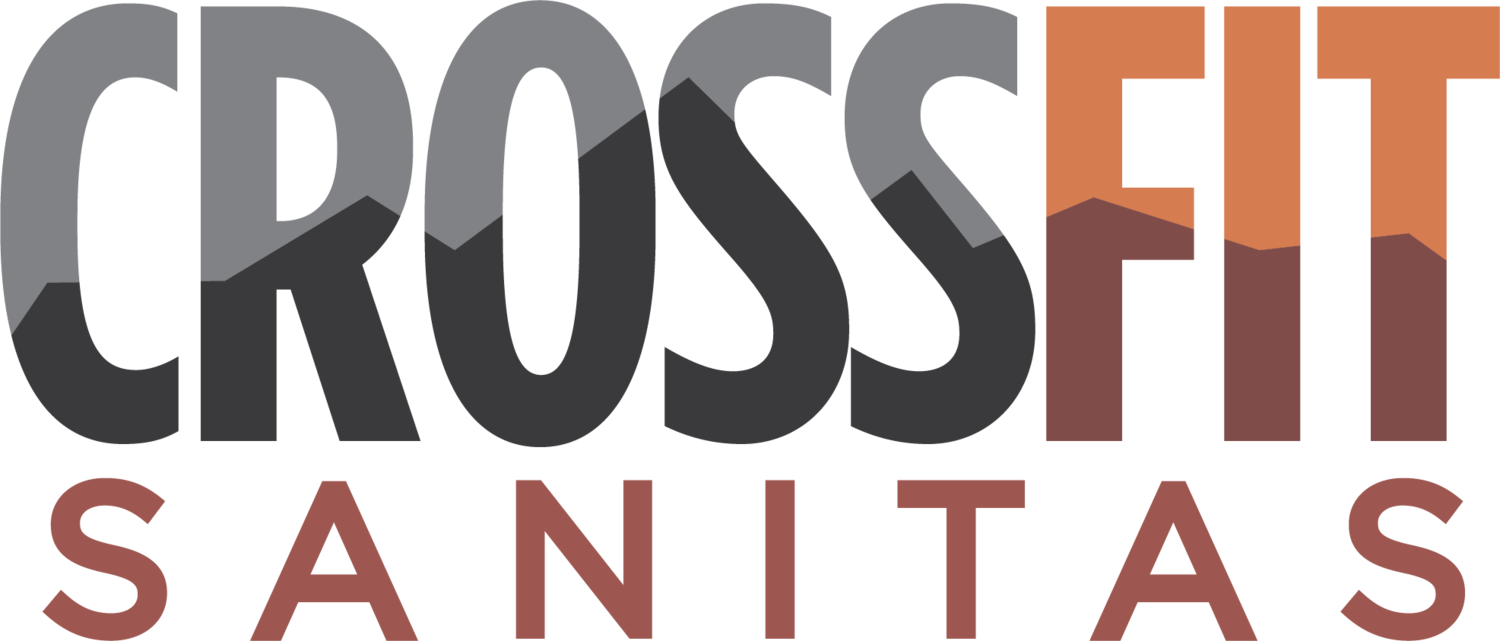Massage During COVID-19 + How We Keep You Safe
We are almost a full year into COVID-19, and many of us are feeling consistent low to high levels of stress. This - on top of the regular stress of our daily lives - can cause muscle tension, exacerbating imbalances, and leaving our joints feeling stiff and sore.
Not only is massage a great release for some of these stressors, but it remains a great way to assist with recovery, increasing range of motion and reducing stress hormones. And during the month of November, we are offering 20% off any massage!
We sat down with our in-house Massage Therapist Caleb Sanderson for a Q&A about the benefits of massage and what our therapists are doing to keep you safe:
1. What are your current safety precautions during COVID-19?
During sessions both the client and the therapist wear face covering the whole time, and a fan is running consistently to promote airflow.
The massage room is equipped with a HEPA filter air purifier and UV light, which research has shown filters out 99.9% of viruses, including COVID-19.
Appointments are spaced out at least 15 minute minutes between them, to ventilate the room.
Sheets, and face coverings are single-use and are washed and dried on high-heat to kill bacteria.
Therapists are required to wash hands between every appointment.
Treatment rooms, doorhandles, and tables are sanitized between every appointment with medical grade cleaner.
Therapists do temp checks with a thermometer gun before the session begins.
2. Why should I get a massage?
Injury prevention
When muscles are tight, they can alter they way joints move, placing excess strain on surrounding tissue and ligaments which make you more prone to injury. A well-trained massage therapist will be able to figure out which muscles are tight, which are overstretched, and will work strategically to get your body back into more neutral alignment.
Recovery
Massage aids in both post-injury and post-exercise recovery by promoting circulation. This brings fresh blood into body tissue to flush out byproducts of exercise (the stuff that makes you feel sore and puffy). Improved circulation also means the part of your body being worked on is getting increased blood supply and therefore more access to nutrients and oxygen. If you are recovering from an injury massage also helps to mobilize tissue that may have stiffened or atrophied from disuse.
Read more on why massages are good for recovery here.
3. Aren’t massages just for relaxation?
No, massages are a type of therapy that can be relaxing, but are also meant to improve function, mobility, healing, and reduce acute and chronic pain. Ultimately, it’s up to you to decide what kind of experience you would like in a session. You can always work with us at the beginning of the session to determine what’s best for you.
4. How often should I get a massage?
For maintenance, once every 2-4 weeks is ideal. For an acute issue, once a week is recommended until symptoms improve.
5. Who should get a massage?
Everyone can benefit from massage, but there are specific groups that get extra benefit from regular massage:
Athletes: For injury prevention and recovery.
Students, office workers or work-from-homers: People who study or work at a computer tend to sit in a fixed position for prolonged periods of time. This almost universally causes neck issues, and postural imbalances to the shoulders, low back, hips and arms, the most common side effects of which are headaches, back pain, limited overhead mobility, and poor form in deadlift and squats due to hip tightness. Who knew massage could help your lifts?
6. What type of massage do you do?
I do sports-othopedic style massage. The focus of my work is to improve posture and performance. It differs from other types of massage in that it is outcome based- the primary goal is to have you feeling good once you get up off of the table and for days after, not just while the massage is happening.
Book your massage!
In November, we want to encourage everyone to make the best use of our in-house therapists, so will give 20% off any massage during the month!
20% off During November
| 30-Min Massage | |
| 60-Min Massage | |
| 90-Min Massage | |
| 120-Min Massage |
Caleb Sanderson - LMT
Specialties:
Sports Massage
Myofacial Release
Trigger-point
Strain/Counter Strain
Swedish Massage
CrossFit Athletes - Caleb is an avid CrossFitter
Caleb has a background in a variety of sports, including climbing, gymnastics and running. He has climbed for over a decade, and coached and trained climbers for six years. His background as a coach and athlete informs his practice, helping him ascertain which muscles are becoming over- or under-activated by certain activities. The emphasis of his sports-orthopedic training focuses on restoring balance in the body to accelerate recovery, reduce pain and prevent injury.
Abby Murphy - LMT
Specialties:
Neuromuscular Therapy
Deep Tissue
Trigger-point Therapy
Sports Massage
Myofascial Release
Prenatal
Muscle Energy Technique
Abby had been living with severe chronic neck and back pain for years due to sports injuries and a bad car accident. It was her healing journey that led her to massage. She specializes in neuromuscular therapy, a restorative and therapeutic massage that can help provide lasting relief from pain. Her ultimate goal is to help stimulate the healing process for anyone who wants to improve their wellness!


